Mole Magic: A Flavorful Journey Through Hispanic Spices and Traditions
Table of Contents
Introduction to Mole and Hispanic Spices
When it comes to the world of spices, few dishes are as rich in history and flavor as mole hispanic food. This complex sauce, originating from Mexico, is a celebration of tradition, culture, and the art of blending spices. Mole is not just a sauce—it's a symphony of flavors that has been perfected over centuries, passed down through generations.
The word 'mole' means 'mix' or 'blend' in Nahuatl, the language of the Aztecs, and indeed, mole is a blend of various ingredients—chilies, chocolate, nuts, seeds, and a wide array of spices. It's used in many traditional Mexican dishes like enchiladas, tamales, and chicken mole, and it's often considered the pride of Mexican cuisine.
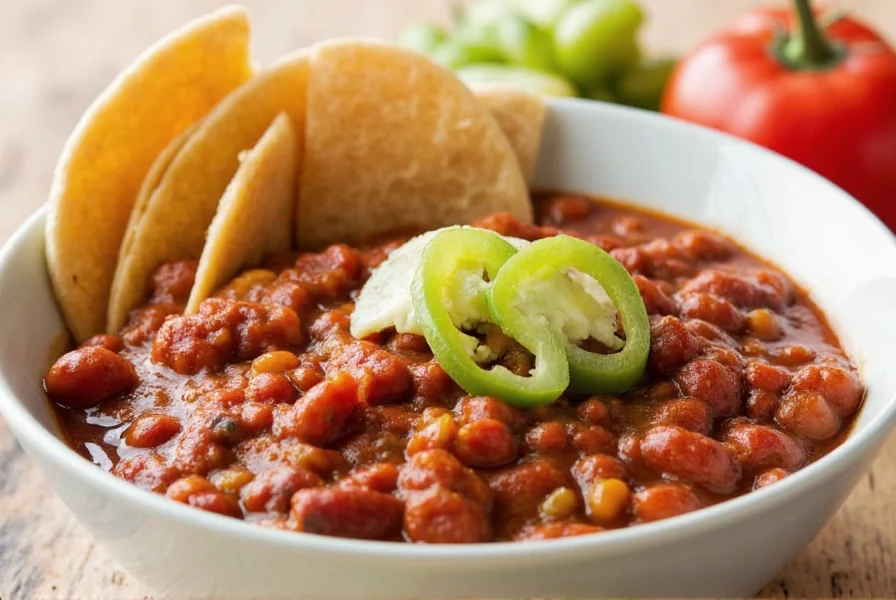
Types of Mole and Their Origins
There are several varieties of mole, each with its own unique ingredients and regional significance. The most famous is mole poblano, which is made with chili peppers, tomatoes, cinnamon, and chocolate. It’s commonly found in the state of Puebla and is known for its deep, earthy flavor.
Another popular variety is mole verde, a green sauce made with tomatillos, herbs, and avocado. It’s lighter and fresher, often served with pork or chicken. Then there’s mole negro, which is the darkest and richest of all, using dried chilies, chocolate, and spices for a bold, smoky taste.
Each type of mole tells a story of the region it comes from, reflecting local ingredients, climate, and cultural influences.

| Type of Mole | Key Ingredients | Flavor Profile |
|---|---|---|
| Mole Poblano | Chili peppers, tomatoes, cinnamon, chocolate | Earthy, sweet, and slightly spicy |
| Mole Verde | Tomatillos, herbs, avocado | Fresh, herbaceous, and mild |
| Mole Negro | Dried chilies, chocolate, spices | Smoky, intense, and rich |
Spice Blends That Define Mole
The heart of any mole lies in its spice blend. While the exact combination can vary by recipe, some common spices include cumin, coriander, cloves, cinnamon, and anise. These spices are usually toasted and ground before being added to the sauce, enhancing their aroma and depth of flavor.
One of the key elements of mole is the use of chocolate, which adds a subtle sweetness that balances the heat of the chilies. The type of chocolate used also affects the final result—dark chocolate gives a more intense flavor, while milk chocolate offers a milder touch.
Other important components include nuts (like almonds or peanuts), seeds (such as sesame or pumpkin), and tomatoes, which provide acidity and texture.
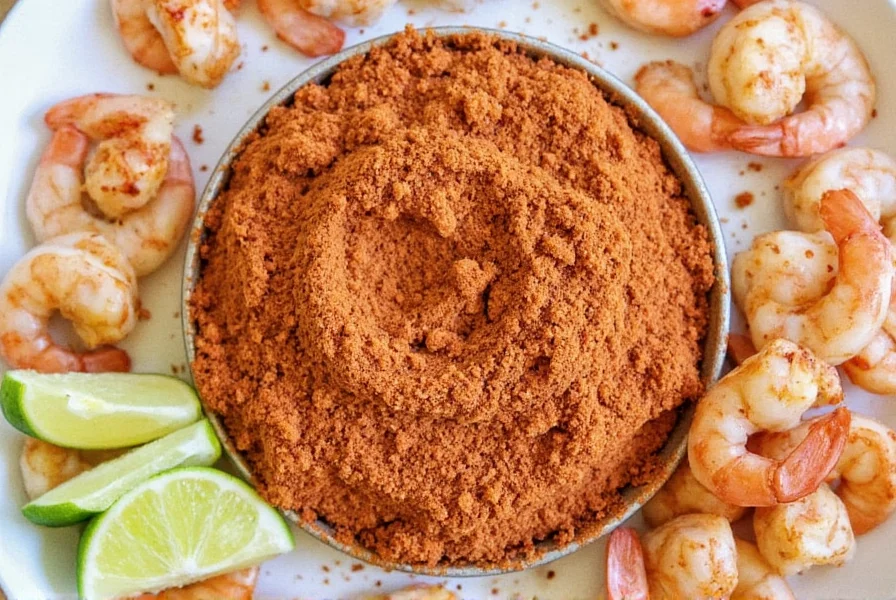
Practical Tips for Cooking Mole
Cooking mole might seem intimidating at first, but with a few tips, you’ll be able to recreate this delicious sauce at home. Here are some practical suggestions:
- Use fresh ingredients: Fresh chilies, herbs, and vegetables make a big difference in the final taste of your mole.
- Toast your spices: Toasting spices before grinding them helps release their essential oils and enhances their flavor.
- Grind everything smoothly: A smooth consistency is key for a velvety mole. Use a blender or food processor to achieve the right texture.
- Let it rest: Mole benefits from time. Letting it sit for a day or two allows the flavors to meld and deepen.
- Adjust the seasoning: Taste and adjust the salt, sweetness, and spice level to your preference.
Remember, mole is not something you rush. It's a labor of love that rewards patience and attention to detail.
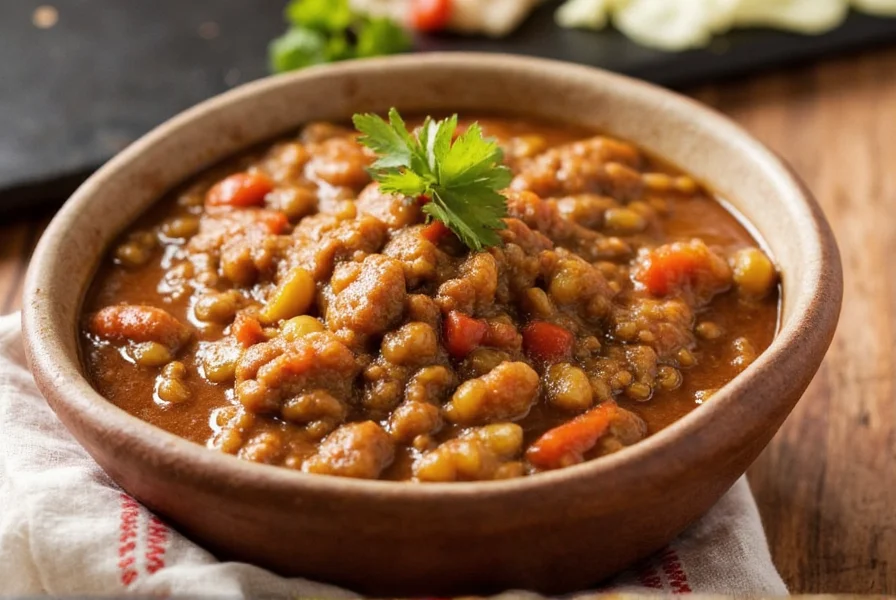
Buying Guide for Mole Ingredients
If you're new to mole, selecting the right ingredients is crucial. Here's a guide to help you choose the best products for your mole-making journey:
1. Chilies
For mole, you'll need a mix of mild and spicy chilies. Some popular options include:
- Ancho chilies – Sweet and smoky, great for base flavor.
- Pasilla chilies – Mildly spicy with a fruity taste.
- Chipotle chilies – Smoky and hot, perfect for adding depth.
Recommended Product: Penzeys Spiced Chili Peppers – Offers a variety of chilies, including ancho, pasilla, and chipotle. Ideal for mole recipes.
Features: High-quality, pre-cleaned, and ready to use.
Best For: Home cooks and enthusiasts who want convenience without sacrificing flavor.
Occasions: Family dinners, holiday meals, or special gatherings.
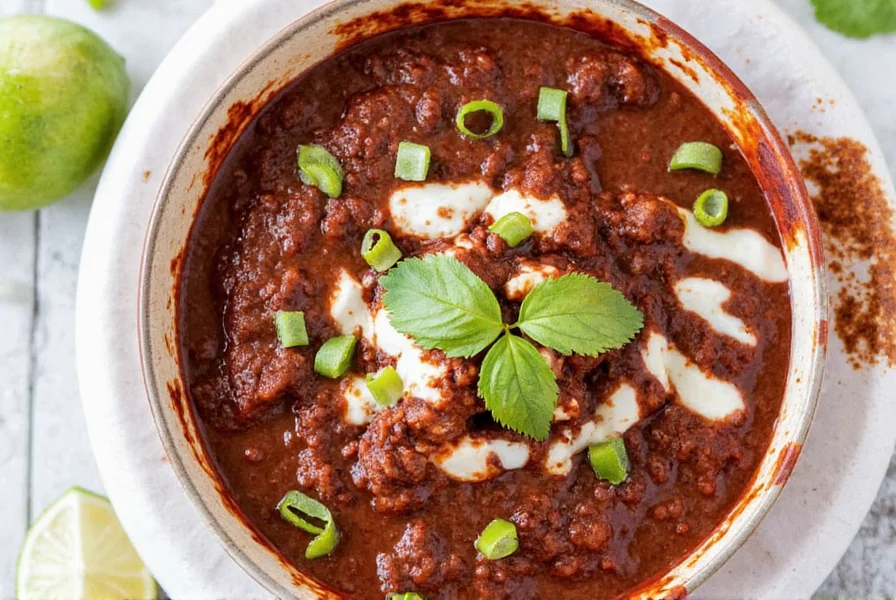
2. Chocolate
Chocolate is a signature ingredient in mole, especially in mole poblano. Choose dark chocolate for a richer flavor or milk chocolate for a milder taste.
Recommended Product: Scharffen Berger Dark Chocolate – Known for its high quality and rich flavor.
Features: Organic, single-origin, and perfect for cooking.
Best For: Serious cooks looking for premium ingredients.
Occasions: Special occasions, gourmet meals, or when you want to elevate your mole.
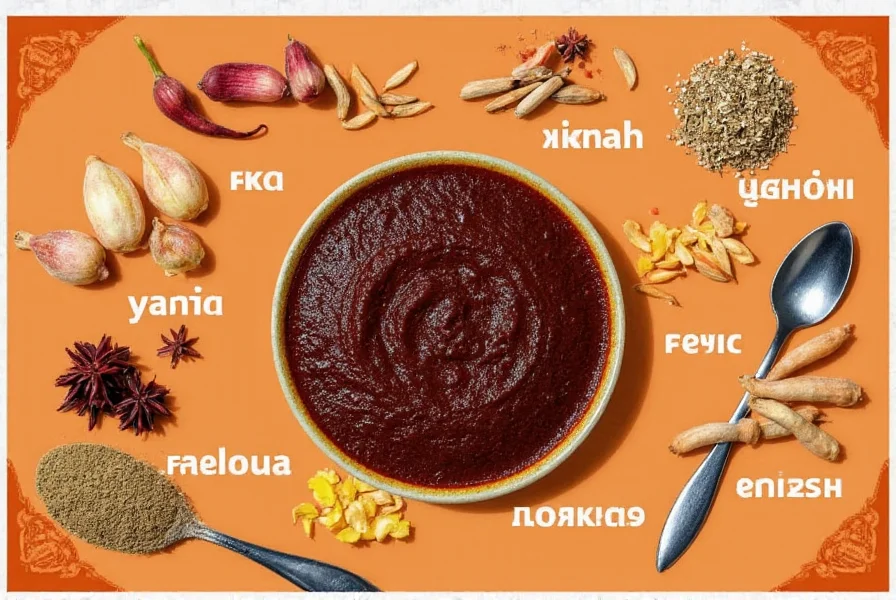
3. Nuts and Seeds
Nuts and seeds add texture and richness to mole. Common choices include almonds, peanuts, sesame seeds, and pumpkin seeds.
Recommended Product: Blue Diamond Almonds – Unsalted and versatile, ideal for grinding into mole.
Features: Fresh, shelled, and easy to grind.
Best For: Those who want a simple, reliable source of nuts.
Occasions: Everyday cooking, baking, or making sauces.
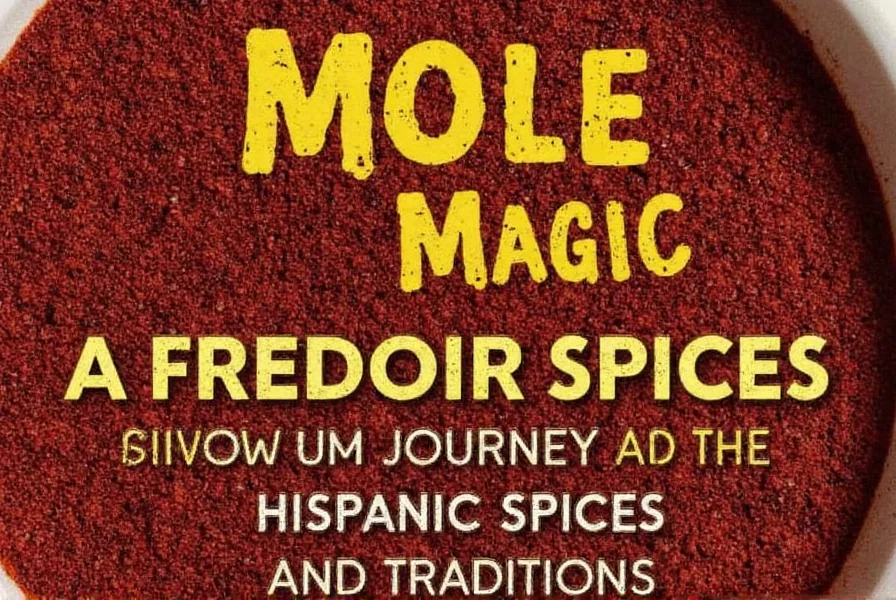
4. Spices
A good spice blend is essential for authentic mole. Look for pre-made blends or purchase individual spices like cumin, coriander, and cinnamon.
Recommended Product: McCormick Spice Mix - Mole – A convenient blend designed specifically for mole recipes.
Features: Pre-measured and easy to use.
Best For: Beginners or those who want to save time.
Occasions: Quick weeknight meals or when you're short on time.

Conclusion
Mole hispanic food is more than just a sauce—it's a reflection of heritage, culture, and the joy of cooking. Whether you're a seasoned chef or a curious foodie, exploring the world of mole can open up a whole new realm of flavors and traditions.
By understanding the different types of mole, mastering the spice blends, and choosing the right ingredients, you can bring the magic of mole into your kitchen. So grab your ingredients, turn on some music, and let the flavors of mole transport you to the heart of Mexico.
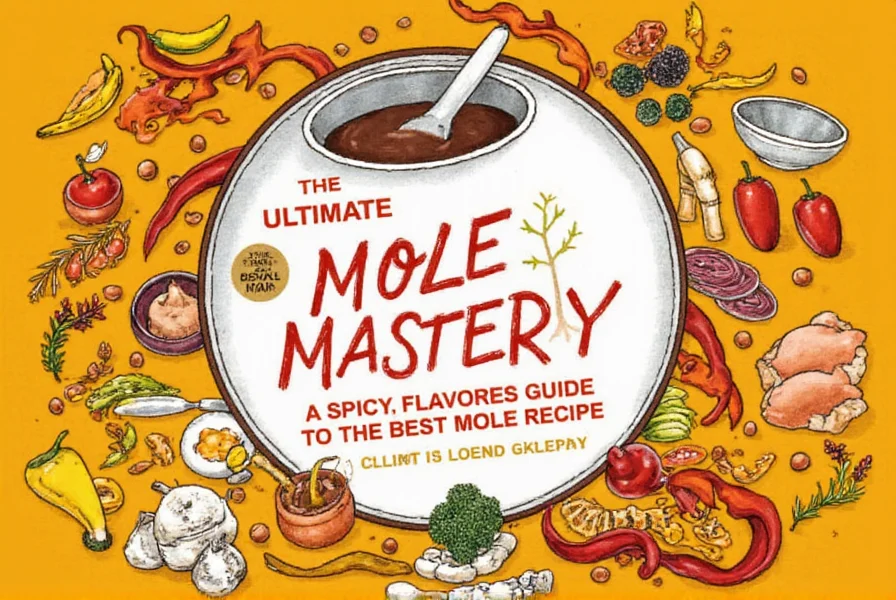











 浙公网安备
33010002000092号
浙公网安备
33010002000092号 浙B2-20120091-4
浙B2-20120091-4